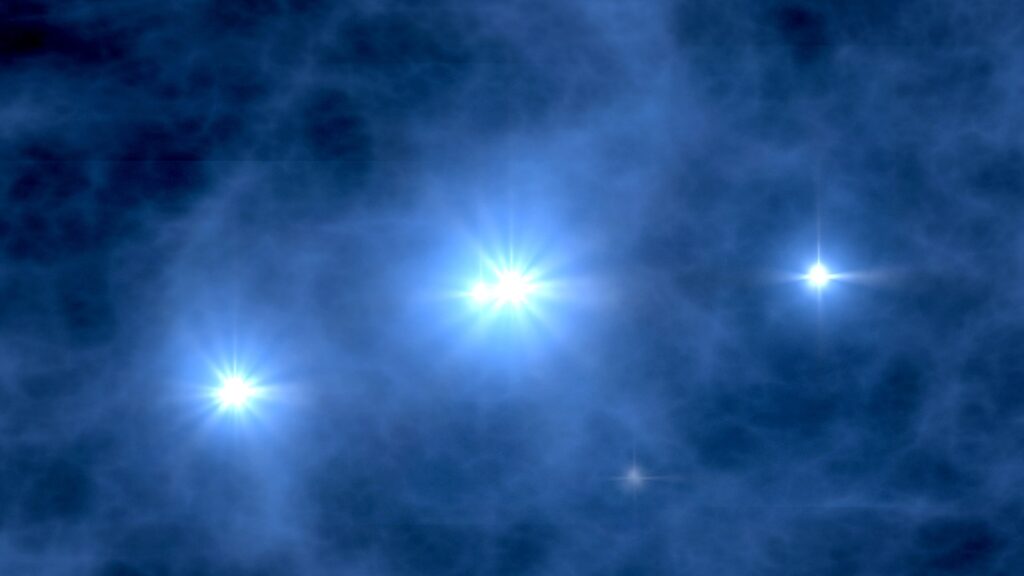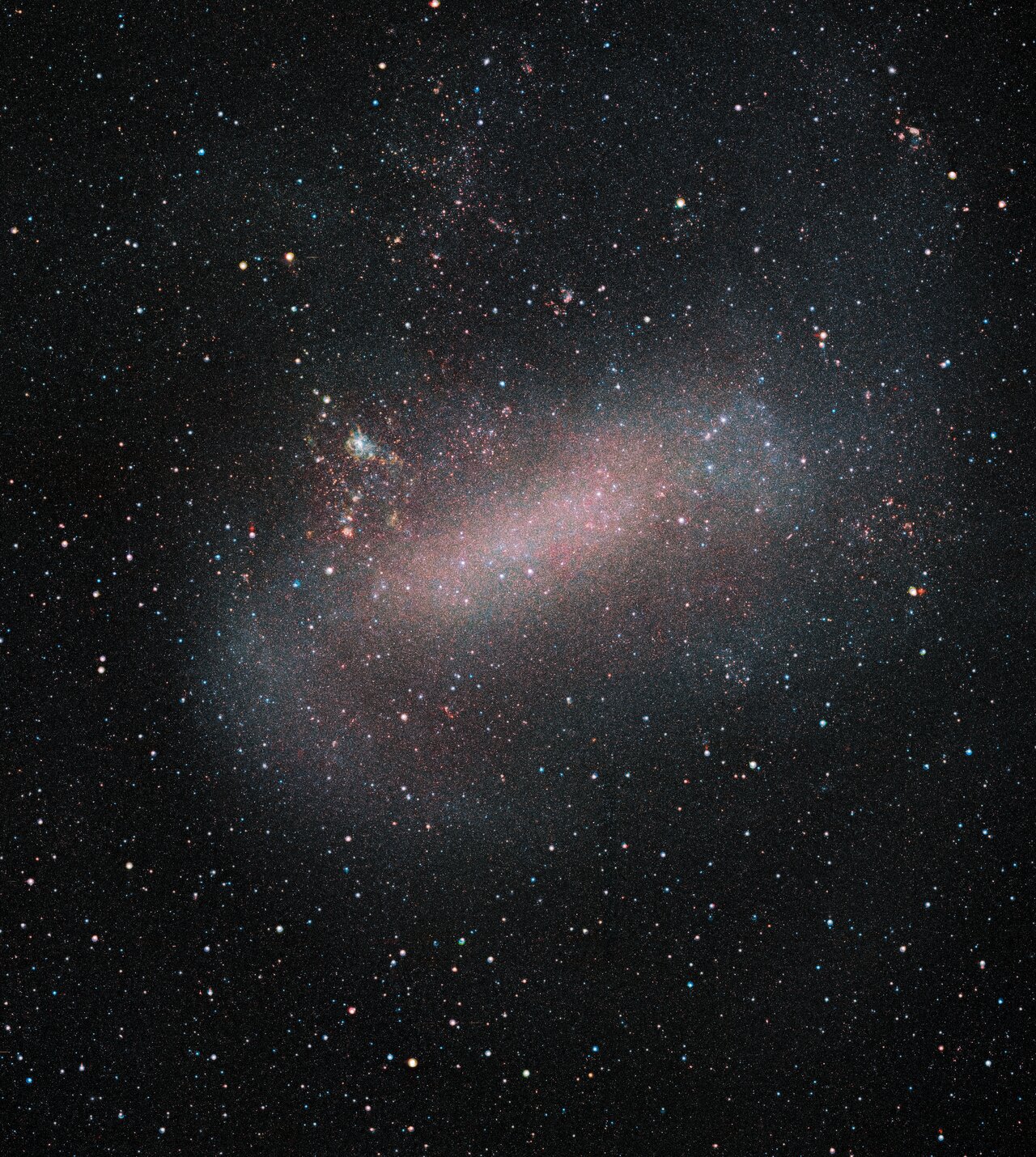A team of space archaeologists has announced the discovery of one of the oldest stars in the universe. It was formed from the “ashes” of the legendary giant stars that existed after the Big Bang.

We are all made up of stars. Iron in red blood cells, calcium in teeth, sodium — all these elements were synthesized during stellar evolution. But it wasn’t always like that. The very first stars in the universe consisted exclusively of hydrogen and helium. They had a gigantic mass (modern stars can no longer grow to such a size) and rapidly lived their lives, ending it with supernova outbreaks, during which they scattered their matter across space.
None of these first stars have survived to the present day. If we ever see them, it will be only in images of galaxies located at the edge of the observable universe. But we can find second-generation stars that formed from the remnants of giants.
This is very hard work, because there are very few such stars. According to some estimates, only one of the 100,000 luminaries of the Milky Way belongs to the second generation. Therefore, the researchers decided to pay attention to its satellite, the Large Magellanic Cloud. Since the oldest stars in it formed outside our galaxy, they wanted to check whether conditions in the early universe were the same in all regions, or different.

During the search, astronomers managed to find ten stars containing an abnormally small amount of heavy elements — from 300 to 12, 000 times less than our Sun. One of the luminaries attracted special attention. It has much fewer heavy elements than any other star in the Large Magellanic Cloud. This means that it was most likely formed in the early days of the first generation. In addition, this star contains much less carbon than iron, compared to what is observed in the stars of the Milky Way.
The discovery suggests that the increased carbon content in the old stars of the Milky Way may only be a local feature. The results of the study also confirm the assumption that in the early stages of its existence, much fewer stars were formed in the Large Magellanic Cloud than in the Milky Way.
Earlier we told you that the Small Magellanic Cloud actually consisted of two separate galaxies.
According to https://phys.org
Follow us on Twitter to get the most interesting space news in time
https://twitter.comne/ust_magazine


